‘An Actor’s Revenge’, Mixing Genres
Kon Ichikawa's adventure film unfolds against a backdrop of revenge, combining the worlds of kabuki and cinema.
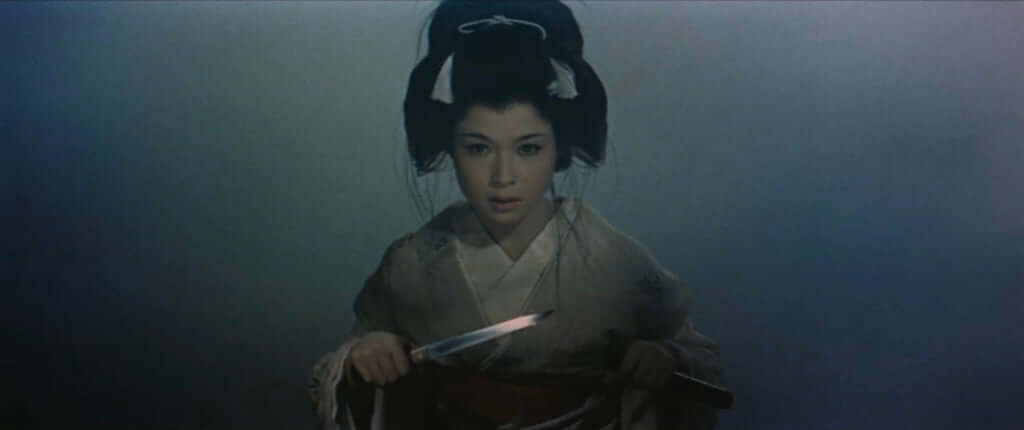
© 1963 KADOKAWA. All rights reserved.
‘I will avenge you both, however difficult it may be.’ While standing on stage in the middle of a kabuki theatre performance, Yukinojo Nakamura makes this promise to himself. In the audience, he has just spotted the three men who brought about the ruin and suicide of his parents: two traders and a magistrate named Dobe. To achieve his ends, he uses the daughter of the latter, Namiji, who is secretly in love with him.
Kon Ichikawa was a director, a major name in post-war cinema who was born in Ise in 1915. He began his career in 1933 as a cartoonist before becoming an assistant director. In 1945, he made his first feature film, A Girl at Dojo Temple, shot entirely using animated puppets. He then directed numerous popular films adapted into folkloric cartoons before starting to adapt literary works in the 1950s, like The Temple of the Golden Pavilion by Yukio Mishima. The Burmese Harp, his first war film, won him recognition overseas. In 2009, he was posthomously awarded a Lifetime Achievement Award.
The art of contrast
An Actor’s Revenge is a film shot in cinemascope. ‘In fact, thanks to this format, I was able to rediscover the sensation of being part of the audience, something I’d lost in all those years spent in the world of cinema’, Kon Ichikawa explained to the magazine Eiga geijutsu in November 1955. The feature film is described in Le dictionnaire des films as ‘an adventure film with a rich plot and many unexpected twists, combining genres with humour, using exaggerated settings, music that is out of sync, and deformed images.’
This film plays with contrasts. The first is that between light and shadow. The sun’s rays, the glow of the moon, and the halos of light from candles illuminate parts of characters’ faces or blades of swords, while the rest of the setting is plunged into relative darkness. This interaction between light and dark is carried by colours that, when they are revealed, are particularly deep. Contrasts are also present in the soundtrack, which alternates between traditional Japanese music and jazz. Lastly, Kon Ichikawa muddies the waters in his adaptation, sometimes giving the impression, through his clever use of settings, lighting, and camera movements, that the viewer is watching a kabuki performance.
An Actor’s Revenge, adapted by Kon Ichikawa, is a story that initially appeared in the press in the form of a serial, before being adapted for the cinema for the first time in 1935 by Teinosuke Kinugasa. Kazuo Hasegawa had already starred in this first version, under the name of Chojiro Hayashi, when he was also chosen by Kon Ichikawa to take on one of the roles in his adaptation, released in Japan in 1963 and in 1967 in the United Kingdom.
An Actor’s Revenge (1975), a film directed by Kon Ichikawa, is available on demand on Carlotta Films.
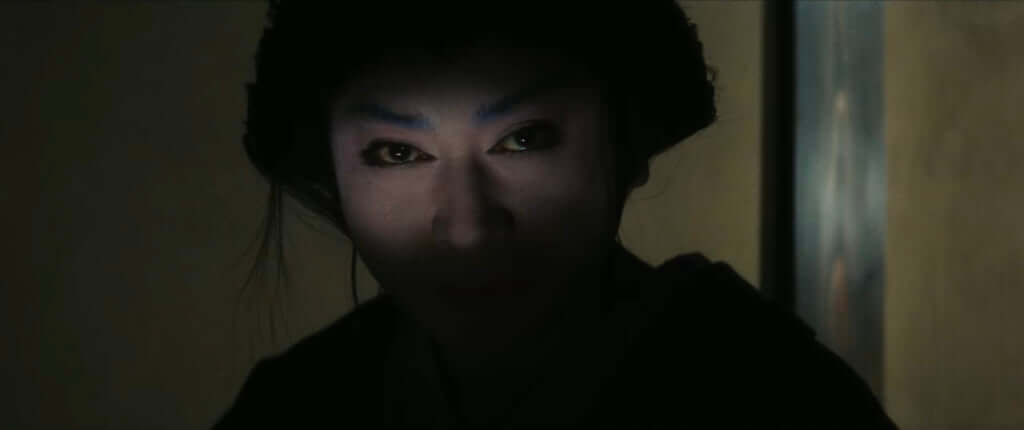
© 1963 KADOKAWA. All rights reserved.
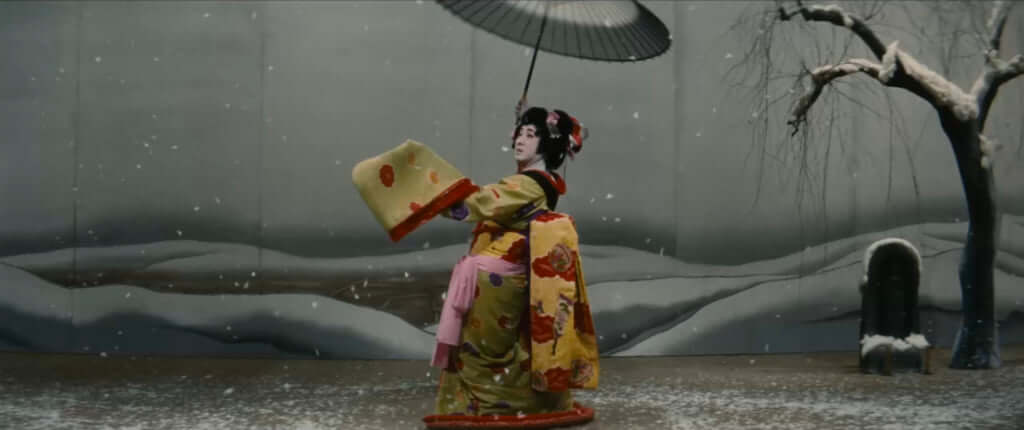
© 1963 KADOKAWA. All rights reserved.
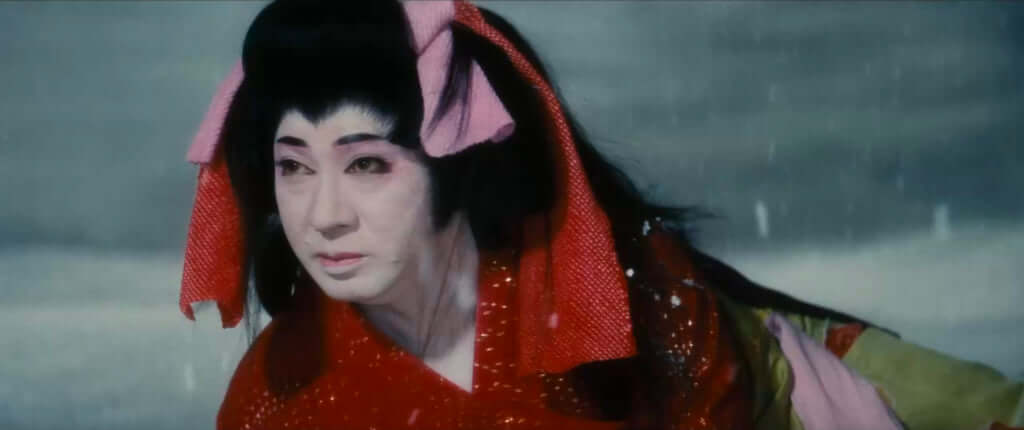
© 1963 KADOKAWA. All rights reserved.
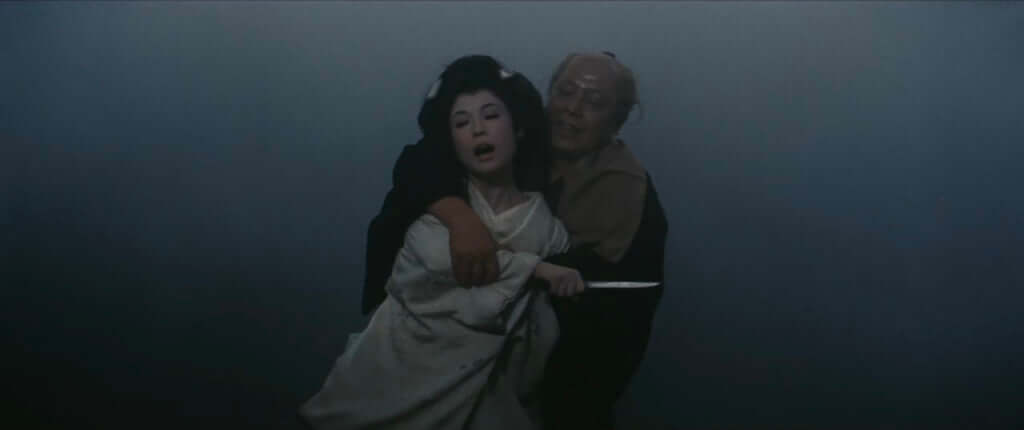
© 1963 KADOKAWA. All rights reserved.
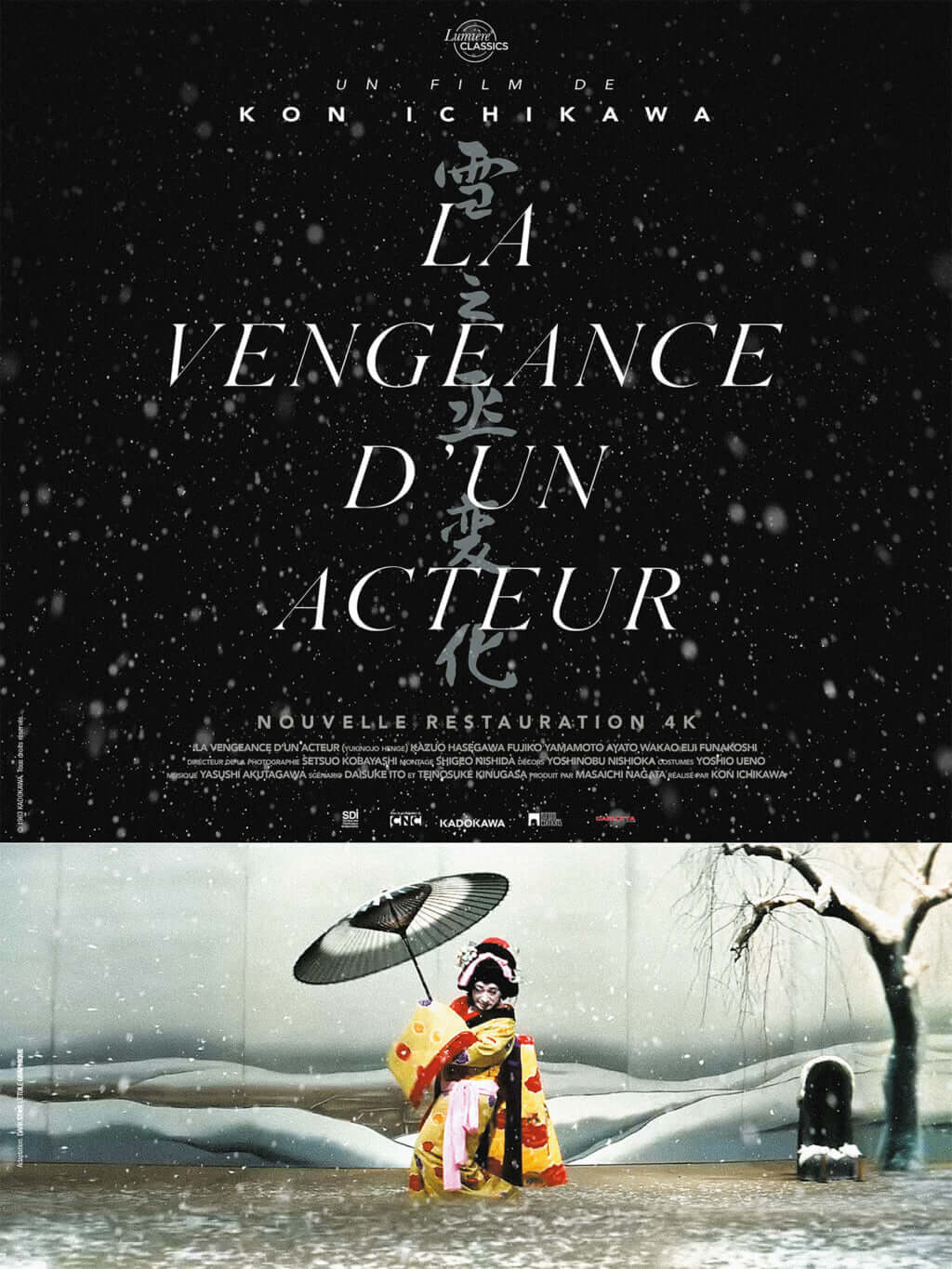
TRENDING
-
A Rare Japanese Garden Hidden Within Honen-in Temple in Kyoto
Visible only twice a year, ‘Empty River’, designed by landscape architect Marc Peter Keane, evokes the carbon cycle.

-
Colour Photos of Yakuza Tattoos from the Meiji Period
19th-century photographs have captured the usually hidden tattoos that covered the bodies of the members of Japanese organised crime gangs.

-
Recipe for Ichiraku Ramen from ‘Naruto’ by Danielle Baghernejad
Taken from the popular manga with the character of the same name who loves ramen, this dish is named after the hero's favourite restaurant.

-
Modernology, Kon Wajiro's Science of Everyday Observation
Makeup, beard shape, organisation of cupboards and meeting places: all of these details decipher 1920s Tokyoites.

-
Hitachi Park Offers a Colourful, Floral Breath of Air All Year Round
Only two hours from Tokyo, this park with thousands of flowers is worth visiting several times a year to appreciate all its different types.





